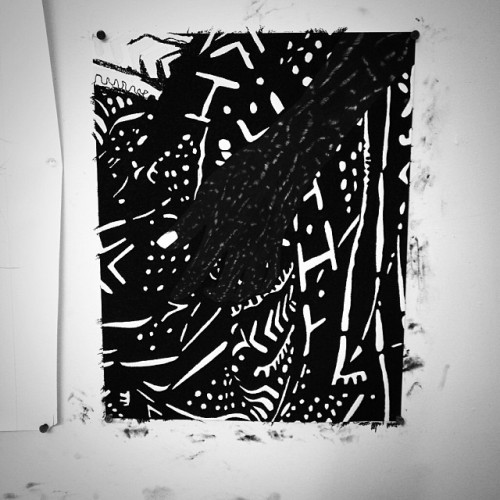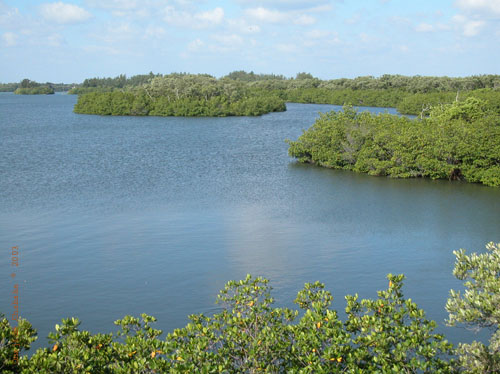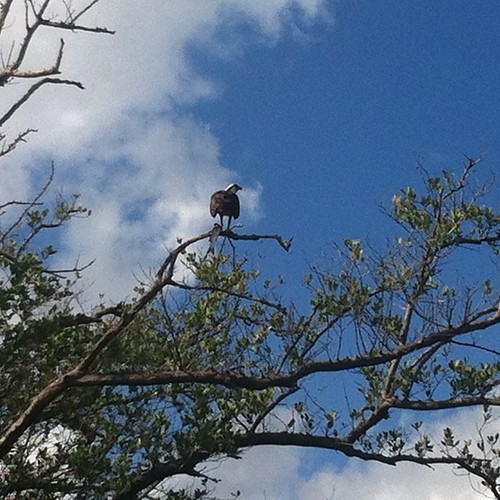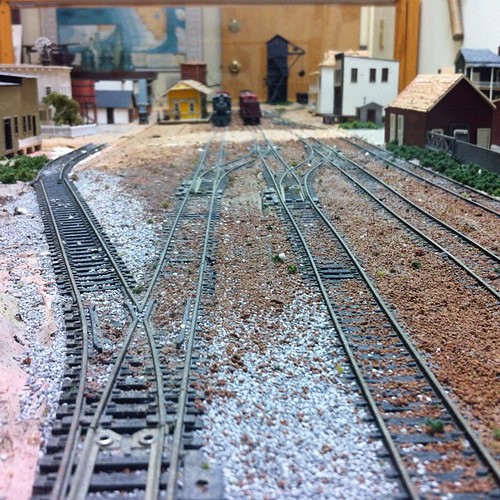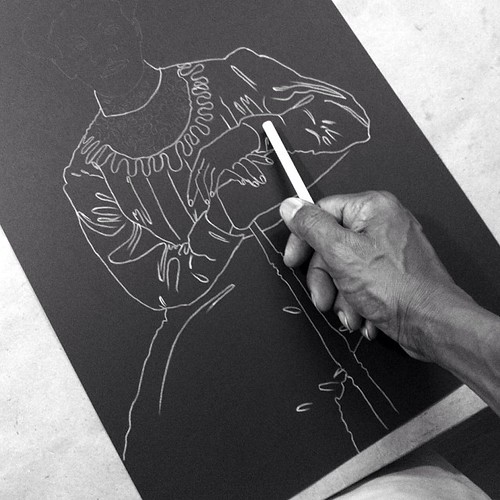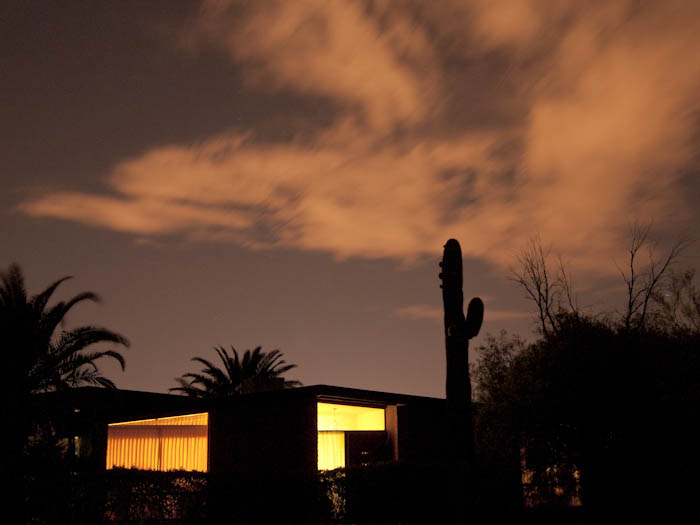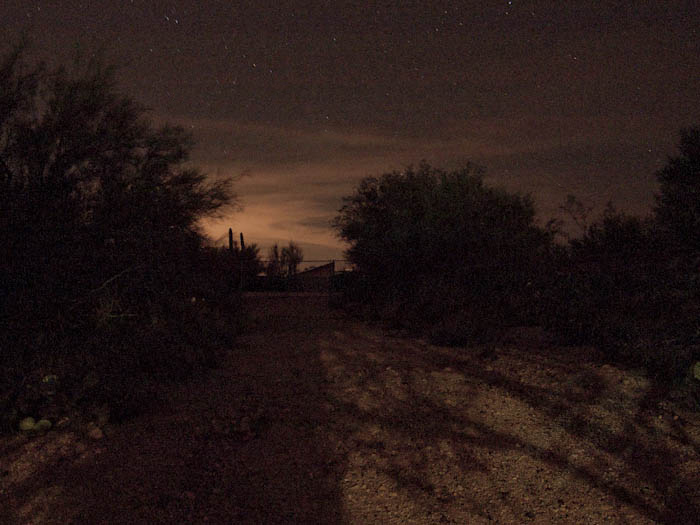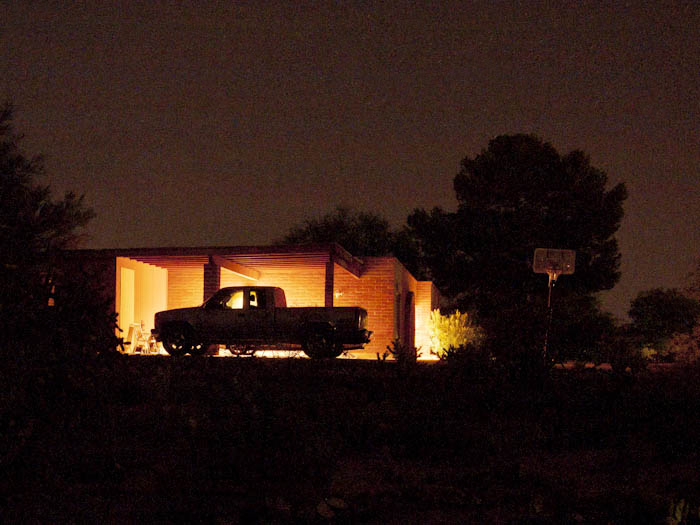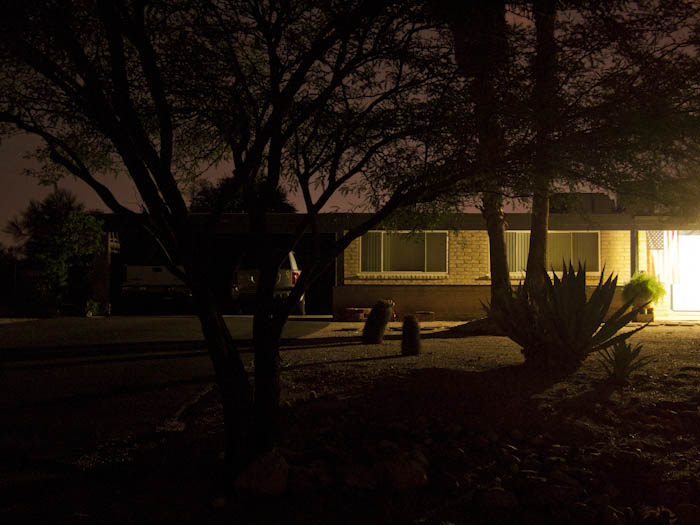Somehow, this post had been buried and not posted. We think it has merit and are now doing just that. It’s kind of funny too.

“To celebrate the third printing of I like your work: art and etiquette, now available here, we’ll be posting excerpts from the book during the next two weeks.
1. You must attend openings. When you’re Bruce Nauman, you can be a hermit in New Mexico. Until then however, you have to attend openings. Why? If you’re young, it’s important to find out how things work, to meet your colleagues, to find out what’s out there in the world, and ultimately, perhaps, to learn how to behave at openings. If you’re mid-career, you must go out to support the colleagues you met at the earlier stage of your respective careers. If you’re older, it’s important to support colleagues, still, but now also students, and / or other members of the younger generation who will see you as a mentor. Other slightly noble reasons: if you’re obsessed with art and you have to see things as soon as you’re able, and if you really, honestly, love art—talking about it, interacting with it, talking to people responsible for making, distributing, promoting, and critiquing it. If you love it, then it’s not work. Artists, critics, and curators stay vital when they’re interacting with their peers. If you’re young and you hate openings, there’s a noble history of outsider artists living in insane asylums and working as janitors who are discovered long after they’ve died. If you’re old and you hate openings, it’s likely your best years are behind you, and you think all art but the stuff you and your peers made is shit. I hope your few years of past relevance allow you to retire to your television.
2. You must greet and congratulate the dealer and the artist(s) at the opening. All other greetings are situational: a friendly nod if you catch somebody’s eyes is completely acceptable, as are a passing pat, an air kiss, or any preferred method of casual greeting in a crowded opening where you may know half the crowd.
3. The dealer is required to provide alcohol and non-alcohol to all the guests. This can be as simple as a tub of beer and bottled water. It can be fancy wines and freshly squeezed juices, cheese platters, and a bow-tied bartender. There ought to be alcohol for at least the first two hours of a three-hour opening. The last hour is usually best, but not if there’s no alcohol.
4. If the dealer and/or artist(s) ask you how you like the show during the opening, try to find something polite to say. If they insist on a real opinion, they’ve got whatever you have to say coming.
5. Be briefed on at least three recent things that you can be congratulatory about: recent exhibitions seen and enjoyed, exhibitions you would like to see and enjoy but have not been able to make yet for whatever reason, recent successes by colleagues.
6. If you’re an artist, critic, or curator, someone will inevitably ask you what you’re working on. It’s good to have either two projects that can be mentioned briefly, or one project that can be mentioned in more depth—though still kept within the bounds of appropriate party chatter. In different cities, artists, critics, and curators take different tacks on describing their workload. In Los Angeles, artists must always look like they are rested and fresh. In New York, the more haggard and hardworking you look the better. It’s always appropriate to be on your way to or to have just returned from international travel, e.g., ‘I just got back from being in this biennial in Prague, but I’ve only a couple of weeks to get on my feet before I have to have some meetings in London.’
7. Usually the rapid coming and going of people at an opening allows for quick conversational turnover, but if you get stuck in a bad conversation with someone and you’re outside, say, ‘I’m just going to pop in and look at the show.’ If you’re inside, say, ‘I’m just going to pop out for some air/a cigarette.’ If they’re still following you, go to the bathroom.
8. If you don’t know anyone at an opening, (unlikely after a few years going to openings but nevertheless), then it’s relatively easy to engage with people looking at the work or at the beer bucket. The more people you can attend the opening with, the easier it may be to weave yourself into the social web.
9. Try not to get too drunk on the cheap white wine/cheap beer at the opening: afterwards, at the bar or at dinner, it’s more acceptable. But you still have to be able to walk out of the bar at the end of the evening. Unless, of course, you don’t want to, in which case you can likely get away with being a drunk for many years as long as you don’t punch people too often.
10. The dinner after the opening can only be attended if you’re invited formally, beforehand, or by the dealer or artist during the opening—except if it’s a very wealthy gallery having a very large dinner where no one is sure who’s invited and who isn’t, and you know a few people there. Somebody always doesn’t show, and either way you’re welcome to stay at the bar or smoke outside while things mix up. N.B.: this only works at certain restaurants. In Los Angeles, the best place to crash is Dominic’s.
11. Whoever you sit next to at the dinner determines your rank in the pecking order, according to the gallery. If you sit next to the artist, it’s likely you’re wealthy, the artist’s best friend, or an important curator. If you sit behind the potted plant next to the artist’s third cousin, it’s likely you’re a critic. This can be accepted temporarily—as the dinner breaks up, there is great mobility in seating arrangements. (This is dependent on the size of the dinner and the choreography of the event.)
12. Business can always be discussed at openings and dinners, provided you observe the protocols. Artists can never directly invite dealers to visit their studios, unless a strong rapport has already been established. Artists can, however, talk about what they’re working on, and the excitement that others have for the work, e.g., ‘I just finished the installation about Hekabe with the really ornate collage. Hans Ulrich stopped by on his way through and said it looked like Vito Acconci on acid.’ Curators can corner dealers for specific works. Critics can, and should, get whiskey for free.”


